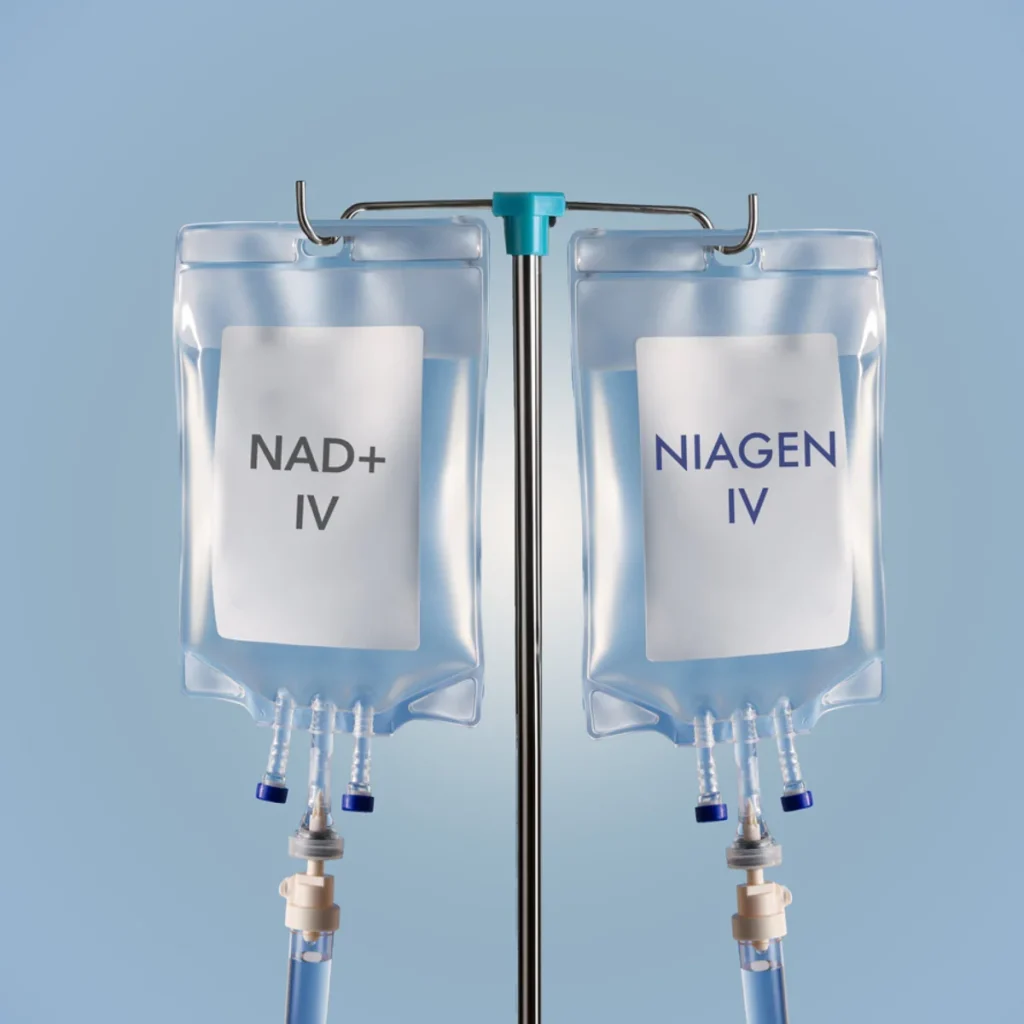DNA repair is one of the most important functions of NAD+. A number of biological processes, such as metabolism and environmental stress, can result in genetic damage. Repair systems must work continuously to keep DNA functional. hose who learn what is nad+ iv therapy understand that it supports the body’s natural systems responsible for cell repair and longevity.
DNA damage accumulates
Cells endure thousands of DNA damage events each day. UV radiation from the sun changes the structure of genetic material. Mutations in DNA are caused by free radicals created by metabolism. Toxins in the environment exacerbate genetic stress. As a result of inadequate repair mechanisms, mutations accumulate in the body. Cells gradually lose function. Tissues age faster when damage outpaces the repair rate. Aging naturally weakens DNA repair efficiency. Older cells cannot maintain genetic integrity as well as younger cells. Part of this decline comes from dropping NAD+ levels with age. Repair enzymes need NAD+ to work properly. Less coenzyme means repairs happen more slowly and less thoroughly. Damaged DNA builds up faster than cells can address it. This gap grows over time. IV therapy attempts to close this gap by bringing NAD+ back to levels that allow strong repair activity.
Repair enzymes activated
PARP enzymes are critical DNA repair proteins that are completely dependent on NAD+. They spot DNA strand breaks and organize repair responses. PARP proteins burn through NAD+ as fuel while running complex repair operations. Low NAD+ supplies cause PARP activity to drop sharply. DNA breaks last longer. Genetic damage that should get fixed quickly instead accumulates in cells. IV infusions saturate cells with NAD+. PARP enzymes suddenly have plenty of fuel for repair work. They operate at peak rates. Accumulated DNA damage gets addressed much faster. New damage gets fixed before becoming permanent mutations. Restoring repair capacity this way might slow biological ageing by preserving genetic integrity far better than what depleted cells manage.
- Base excision repair uses NAD+-dependent enzymes for removing damaged DNA bases and inserting correct replacements
- Nucleotide excision repair needs NAD+ to cut out bulky DNA damage from UV exposure or chemicals
- Mismatch repair relies on adequate NAD+ for fixing errors that occur during DNA copying
- Double-strand break repair burns significant NAD+ while rejoining completely severed DNA strands
- DNA damage response systems use NAD+ to switch on checkpoint proteins that halt cell division until repairs finish
All these systems work together, protecting genetic information from constant damage throughout life.
Telomere protection enhanced
- The telomerase enzyme rebuilding telomeres needs proper energy metabolism, which NAD+ enables through mitochondria
- Reducing oxidative stress through improved cellular metabolism prevents extra telomere damage beyond replication shortening
- DNA damage responses at telomeres need NAD+-dependent enzymes, preventing complete chromosome end breakdown
- Cell cycle control affected by NAD+ determines how often cells divide and shorten telomeres
- Chronic inflammation, speeding up telomere shortening, gets controlled by sirtuins working with available NAD+
These protection systems tie NAD+ levels to ageing markers in cells that forecast tissue function and lifespan.
NAD+ IV therapy affects DNA repair and longevity through connected systems. Constant DNA damage gets handled better when repair enzymes have sufficient NAD+. PARP proteins and other repair mechanisms work fully with restored coenzyme. Sirtuin pathways switch on protective responses when NAD+ goes up. Telomere protection gets stronger through better DNA repair and less oxidative harm. Together, these changes help slow cellular ageing that sets biological age apart from chronological years.

